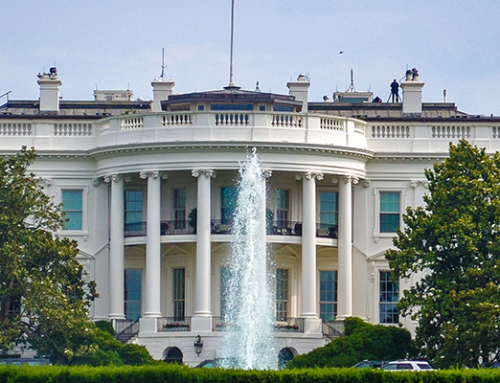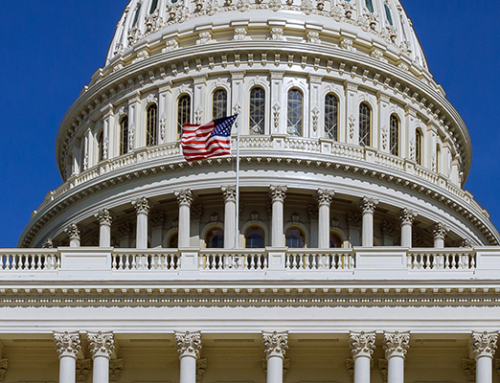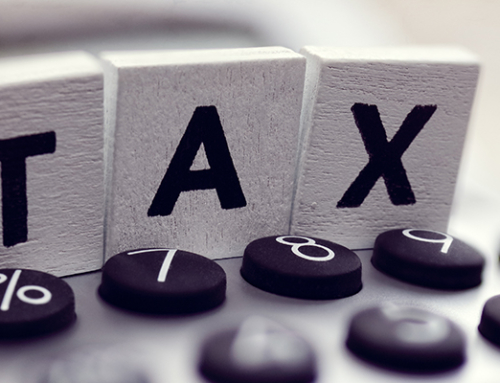On Saturday, August 8, 2020, President Trump signed a series of Executive Orders (EOs), including an EO to address the extension of additional unemployment compensation payments. The EO seeks to provide authority for an additional $400 per week through the end of the year under a new program that would be funded under a federal/state match agreement and use state UI agencies and unemployment trust fund accounts as the vehicle for payment and reimbursement. The EO raises a number of issues to be addressed, but also has prompted Congress to renew negotiations. Click here for the series of EOs.
Issues and comments
This appears to be a stop gap measure that provides executive authority until congress acts to enact a supplemental Federal unemployment compensation, or similar compensation, for unemployed or underemployed individuals. If Congress does not act, the program ends if the balance in the DRF reaches $25 billion or for weeks of unemployment ending not later than December 6, 2020. The EO authorizes the program to begin the week ending August 1, 2020.
New Wage Loss Assistance Program funded through FEMA as a Federal/State Match
The program authorization relies on the Disaster authority to provide for 75% funding from the FEMA DRF (which is said to have $70 billion) with a state match of 25% which is required from states from their Coronavirus Relief Fund allocations ($80 billion of which has not been spent nationally) or other UI related funds. The amount identified from the DRF and the amount available from the CRF in many states may not be sufficient to fund the program. The White House and Treasury are conferring with states on the availability of funds and reviewing projections with respect to cost.
The EO did not appear to address additional administrative funding that would be needed to bring up this new program.
The state match language in Section 3 indicates the states may use funds in the state CRF as a match to make payments and “including those currently used to support State unemployment insurance programs may be applied as the State’s cost share”. Funds appropriated for UI admin and in the state unemployment trust fund are dedicated to UI admin and/or the payment of unemployment compensation with limited exceptions provided in Section 303(a) of the Social Security Act and 26 USC 3304. Without an amendment to federal statute there may be a question as to whether such funds could be used as match. States would normally seek guidance from the US DOL on the use of these funds.
Eligibility
The new program would define eligible claimants as claimants who claim at least $100 per week for UCFE, UCX, PEUC, PUA, EB, STC, TRA and SEA. Does this mean that they must be monetarily eligible to claim at least $100 for the week (including any week of partial unemployment that may have been reduced due to partial earnings) or just the WBA in the applicable benefit year? The programming and administration of cutting out individuals claiming less than $100 would be very difficult and this would arguably eliminate claimants who may be the most in need.
The cut off of the additional $400 would be abrupt based on funds available in the DRF, when Congress acts, or the week ending not later than December 6, 2020. If there is a backlog in claims administration there may be a point at which there are claims pending to be paid that would be cut off due to lack of funds. This capped entitlement could run out of money much earlier than December 6, 2020.
The eligibility is also dependent on a determination that the claimant is unemployed or partially unemployed due to “disruptions caused by COVID-19”. This is a new standard that requires more specific definition. Also, the program would pay claimants based on “self-certification”. As we have seen with PUA this is an open door for fraud.
Authority to use Federal Unemployment Accounts for distribution?
The EO indicates that the Secretary of Labor will provide technical assistance to FEMA and Governors in implementation and timely processing of advances from the FUA. There is no statutory authority for the actual use of the FUA account for this purpose. Also, the use of the FUA for timely reimbursement of payments of the new program benefit may be in conflict with fund management requirements in statute for the UI program.
Conclusion:
The difficulties in bringing this up include 1) the funding for the federal and state match is uncertain at this point; 2) there may be conflicts with federal statute; 3) it creates a capped entitlement that may run out of money; 4) the eligibility definition will be difficult to administer; and 5) the self-certification may result in high levels of fraud.
In addition, the $400 will still result in a large percentage of claimants being paid more in unemployment than they were making in weekly wages or on a weekly basis as independent contractors.
Due to the many challenges, many states may choose not to agree to administer the new program.
Hopefully Congress will return to negotiate UI related provisions that are squarely within federal and state law with clear funding authority under statute.






